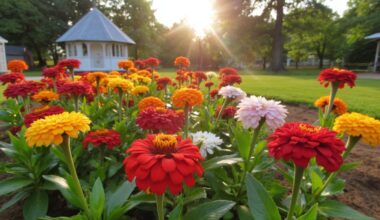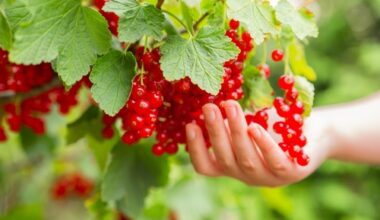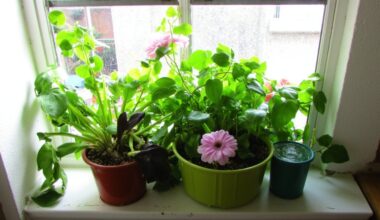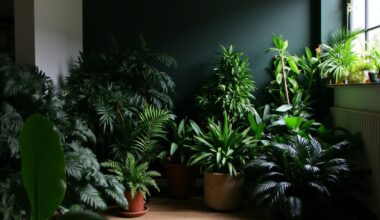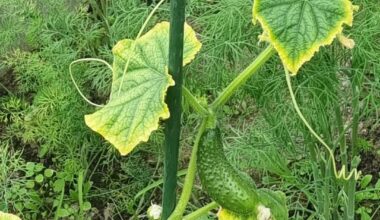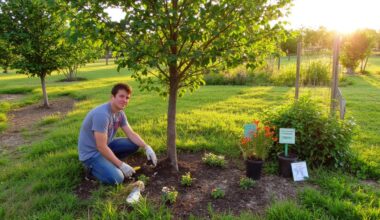A small autumn trial buried fresh bay leaves in shallow 5 cm holes across a kitchen plot to test soil effects. After seven days treated spots showed softer, looser soil, better moisture retention, a faint aromatic note, and fewer visible pest larvae compared with controls. Observations suggest gradual essential oil release, mild antiseptic action, tiny nutrient inputs, and organic-matter benefits that improve structure. The neighbor noticed the change, and further details explain methods, mechanisms, and practical tips.
Why I Tried Burying Bay Leaves in My Garden
After reading several endorsements and noting persistent nutrient depletion in a small kitchen plot, the gardener decided to test burying bay leaves as a low-effort autumn soil treatment.
The choice rested on reported antiseptic oils, micronutrient release, and minimal labor.
He sought a method that conserved soil balance, reduced pests modestly, and delivered measurable improvement for shared produce.
Observations targeted short-term changes in texture and pest signs, plus medium-term nutrient availability.
The experiment prioritized reproducibility and low cost so neighbors could adopt it.
Records included locations, leaf counts, and brief weekly notes to inform community gardeners seeking practical, service-oriented solutions.
The Simple Step-by-Step Method I Used in October
Following the preparatory observations and record keeping described earlier, the gardener implemented a standardized, low-effort protocol in early October to test the bay leaf method across the plot. He selected uniform planting sites, dug 5 cm holes, placed one fresh aromatic bay leaf per hole, and covered each with soil. Locations were spaced to sample varied microconditions. Each spot received thorough watering to activate decomposition. Notes logged date, weather, and soil temperature.
The procedure prioritized repeatability and minimal disturbance, enabling neighbors and fellow gardeners to replicate the approach reliably for modest, service-minded soil improvement.
What Changed After Just Seven Days
When examined seven days after burial, the treated spots showed measurable early changes: soil directly above the bay leaves was slightly softer to the touch, retained more moisture after watering, and emitted a faint aromatic note indicative of ongoing essential oil volatilization. Observers recorded modest reduction in surface crusting and fewer visible pest larvae compared with control areas.
Small soil aggregates appeared looser, easing root penetration during test insertions. No strong odor or discoloration occurred. These objective early indicators suggested the simple intervention began altering microenvironment conditions beneficially, meriting continued monitoring and serviceable application across similar beds.
How Bay Leaves Improve Soil Health Naturally
Observations from the seven-day check provide a basis for examining how buried bay leaves influence soil health through chemical and physical pathways.
The leaves’ essential oils and phytoncides exert mild antiseptic effects, reducing harmful microbes and pest larvae without upsetting mineral balance.
Biodegradation releases micronutrients — calcium, iron, manganese — gradually replenishing depleted zones and enhancing fertility.
Organic matter improves soil structure, promoting looseness and aeration ahead of autumn planting.
The method is low-cost, low-effort, and scalable for community plots.
Measured, repeated application can support sustainable soil management and benefit neighboring growers seeking organic alternatives.
Tips for Using Bay Leaves Around Your Yard
In garden plots and around ornamental beds, burying a few fresh bay leaves in shallow pockets can serve as a low-cost soil maintenance tactic that combines mild antimicrobial action with slow micronutrient release.
Practitioners should select fresh aromatic leaves in early October, place three to four leaves per 5 cm hole across beds, water after covering, and space spots to treat depleted zones evenly.
Use leaves rather than crushed material to delay rapid loss of oils.
Monitor nearby seedlings for response and avoid clustering in compacted soil.
Record locations and outcomes to share clear recommendations with neighbors and community gardeners.


